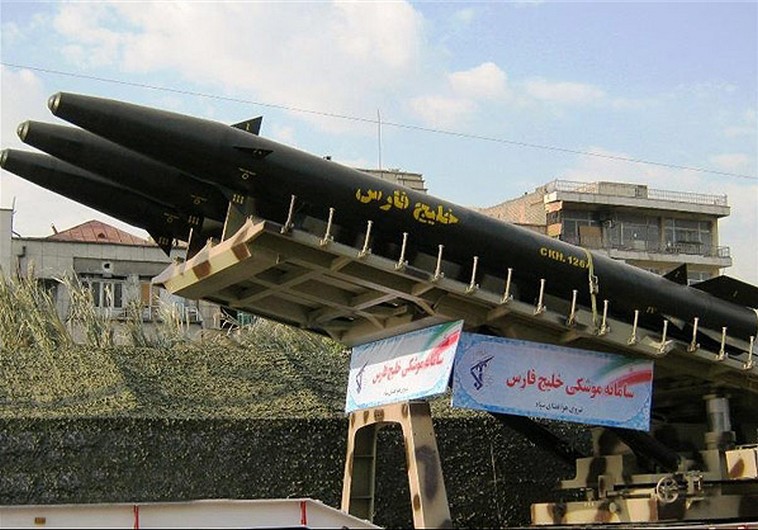Iran deal or no deal, the global nuclear Pandora’s box has reached a far more dangerous stage
YONAH JEREMY BOB/03/21/2015
Doomsday may be closer than we think. With most of the world’s focus on the Iran nuclear negotiations, little attention has been paid to a complete breakdown in the push to limit nuclear weapons proliferation on a scale not seen in years. Analysts may be correct that a deal which leaves Iran as a nuclear weapons “threshold state” – or a state which has mastered the skills for making nuclear weapons and need only decide to produce one – may expand a nuclear arms race in the Middle East, involving Saudi Arabia, Egypt and others. But the proliferation problem will be there and growing, deal or no deal.
The next most obvious problem is North Korea, which is estimated to have somewhere between six to 10 nuclear bombs. It is also continuing to produce new ones and is likely, based on its information exchanges and mutual visits with Iran in recent years, to be illegally sharing its technology with other dangerous new countries that may produce nuclear weapons. The increasing North Korean threat along with China’s fast-expanding conventional and nuclear forces may cause a new nuclear arms race, with Japan and South Korea finally joining in.
Those countries may decide they can no longer rely on US protection alone, particularly as China develops second-strike nuclear capabilities by virtue of mobile nuclear missile launchers, as well as four Jin-class ballistic missile submarines. Until now, China had a “small” number of nuclear weapons, estimated at around 250 (as compared to the US’s arsenal – estimated at 4,700 to over 7,000, depending on what is being counted) and all their weapons were in highly vulnerable silos.
Because of that, there was an idea that Beijing would not anger Washington by attacking its neighbors. The rationale was that the US could potentially retaliate with a nuclear strike on China and simultaneously knock out China’s vulnerable nuclear weapons, to eliminate any retaliation by China against the US. China’s potential new ability to launch a second or retaliatory nuclear strike against the US from its harder-to-attack mobile weapons sites and submarines mean the US would need to think much harder about intervening to protect its Asian allies from Chinese adventurism.
Pakistan is another obvious problem, though with its already built nuclear weapons arsenal – estimated at 100 to 120 – it strangely receives far less attention than Iran. Some of that limited attention is probably due to the impression that Pakistan’s nuclear arsenal is only focused on one country, India, and that the rest of the world can relax without needing to worry too much.
But Islamabad has and continues to develop a wide range of nuclear options, including low-yield short-range weapons which might be easier for it to export to terror groups or for terror groups to steal, with unending questions about how secure the Pakistani government keeps its weapons.
But all of these threats may pale in comparison to the return of the Russian nuclear behemoth.
Estimates on Moscow’s arsenal vary widely depending on what is being counted, but even at the low 4,300 estimate (some are double that), the arsenal includes a new nuclear intercontinental ballistic missile – which is said to be capable of carrying 15 independently targeted medium warheads at a time – and is newly formidable. Moreover, a new fleet of Borei- and Severodvinsk-class submarines will allow Moscow to keep ballistic missile submarines on permanent patrol for the first time since the end of the Cold War.
Vladmir Putin’s Russia has also become far more fond of threatening nuclear weapons use in a variety of scenarios, and has carried out war games in which it levels nuclear strikes on Poland and Sweden. Some of this may be to send a message of Russian disapproval of cooperation with US-NATO missile defense and other plans, but it still is a risky and destabilizing business.
As Russia more directly butts heads with the US and Europe, will its nuclear power status allow it to restore its old empire beyond parts of Ukraine? Will the US and Europe need to restore their Cold War military levels of preparedness to fend off a Russian attack? Could these broken-down relations lead Russia to be more aggressive in helping Tehran or even terror groups use smaller tactical nuclear weapons or gain nuclear technology in a new destabilizing fashion? There is another major problem.
True, at the height of the Cold War, Russia was estimated to wield more than 40,000 nuclear weapons, far more than now. Yet back then, Russia and the US were extremely communicative about their nuclear strategy redlines, to avoid any possible misunderstandings or surprises – such as occurred in the movie Dr. Strangelove or: How I Learned to Stop Worrying and Love the Bomb.
That communication has broken down, and many of the newer, growing nuclear powers – most worryingly China – have remained more opaque about their nuclear strategies, leaving much more to chance in a high-stakes game. Doomsday may not be here yet, but increasing nuclear proliferation and aggressiveness without corresponding improving communication between the nuclear powers mean that preventing it may be harder than ever before.

















